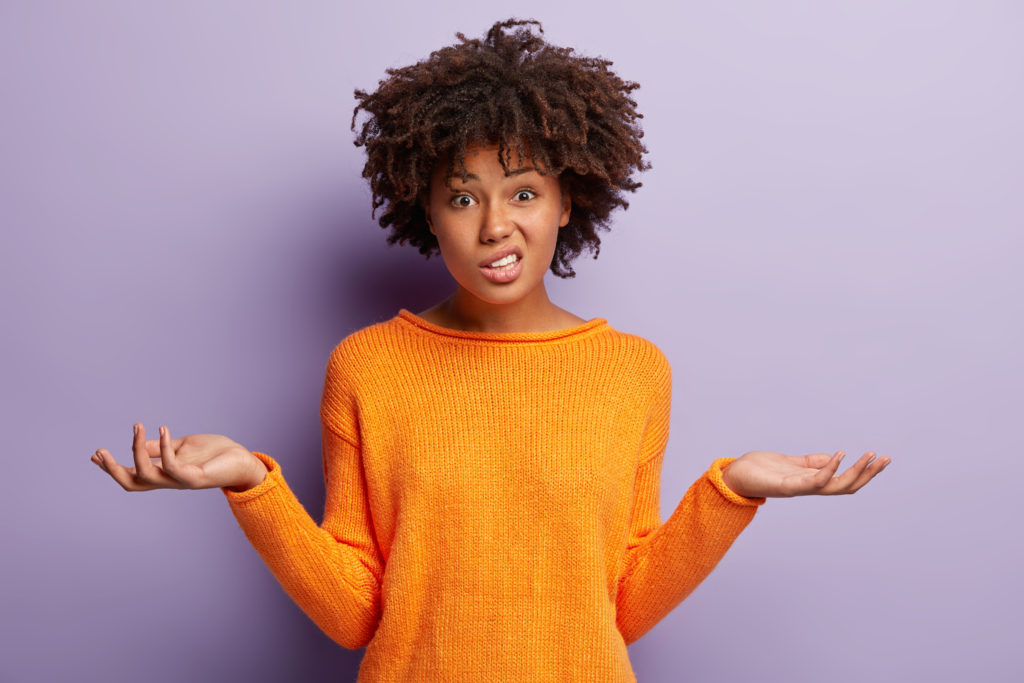Hello lovely students! The passive voice is used frequently in the English language so it’s extremely important that you should know about it. Do you find yourself struggling with the difference between the active voice and the passive voice? Or perhaps you don’t know how to form a passive sentence.
If either of these applies to you, take a look at this article on everything passive voice-based.

What is the passive voice?
The passive voice is used when we want to put emphasis on the object or person who experiences the action rather than the object or person who does the action.
This differs from the active voice. For example, when using the active voice, we generally tend to emphasise the performer of the action.
Two examples include:
1) Alan is painting the house.
2) I wore my new shoes.
The active voice tends to be more direct and clear. You, the listener or the reader, know exactly who did the action and what the action was.
In the passive voice, the action and the receiver of the action is highlighted as being the most important. Who does the action does not always have to be included (more on that later). Let’s take the previous two examples and rewrite them in a passive form.
1) The house is being painted by Alan.
2) The shoes were worn by me.
Can you see how the focus changes from the performer of the action to the person or object who receives the action? This is the key difference between the active and passive voice.
This is such an important distinction to make when remembering the passive voice, and it should be written down as the number one rule.
You should also note that it is possible to omit by Alan or by me; however, they both add more information to the sentence.
Are you curious how we form passive sentences and how they differ from active constructions? Take a peek at the next section.

How do we form the passive voice?
The passive voice rarely changes the main verb of a sentence. Instead what happens is that verb tends to transform into the past participle. As a general rule of thumb, the passive voice is constructed like this throughout most of the tenses: object + the verb to be + past participle.
If we want to include the person who did the action in our passive sentence, we use the word by. The structure then becomes this: object + the verb to be + past participle + by + person who did the action.
You can see two examples in the previous section.
Let’s take a look at the table below for an overview of all the tenses.
| Tense | Structure | Passive voice example | Active voice example |
| Present simple | am/is/are + past participle | Coffee is drunk a lot by Italians | Italians drink coffee a lot. |
| Present continuous | am/is/are + being + past participle | The fence is being painted this week | Someone is painting the fence this week. |
| Past simple | was/were + past participle | Dr Who was first aired by the BBC in the 1960s. | The BBC first aired Dr Who in the 1960s. |
| Past continuous | was/were + being + past participle | The protestors were being stopped by the police when I saw them. | The police were stopping the protestors when I saw them. |
| Present perfect simple | have/has +been + past participle | Olives have been grown here for over two millennia by farmers. | Farmers have grown olives here for over two millennia. |
| Past perfect simple | had + been + past participle | His flat had been painted as a surprise for him by his friends. | His friends had painted his flat for him as a surprise. |
| Future simple | will/going to + be + past participle | A party is going to be held tomorrow night at the town hall. | Someone is going to hold a party tomorrow night at the town hall. |
| Future perfect simple | will + have + been + past participle | The task will have been done by Jake when you arrive. | Jake will have done the task when you arrive. |
| Modal | Any modal + be + past participle | The bills must be paid to the council. | You must pay the bills to the council. |
It should be noted (see what I did there with the modal passive?) that the future continuous tenses and perfect continuous tenses are not used in passive form. This includes the past perfect continuous, the future perfect continuous and the present perfect continuous.
For example, the present perfect continuous sentence Soup has been being made by me makes no sense at all. It sounds clumsy to the listener.
Do not use the perfect continuous forms in the passive voice. There are two other things that you should also remember when forming passive sentences.
1) There is no change in how you use the tenses
Do not be fooled into thinking that when you use the passive voice, how you use the tense changes. For example, if you want to use the present continuous passive, you can use it for interrupted actions just like you do in the active voice. Or if you want to use the present perfect simple passive for life experiences you can use it similarly to in the active voice.
The only difference is the objects act as subjects, and the sentence structure has a slight change. Apart from that, everything else is similar.
2) You can use the passive voice in negative sentences
The passive voice can also be used in negative sentences. All you have to do is change the verb to be to a negative. Let’s take a look at the first example on the table.
The affirmative is coffee is drunk a lot by Italians.
If this were not true (which it is), it would be written as coffee isn’t drunk by a lot of Italians.
You can do this with any passive tense.

Is there anything else you need to know about Passive voice structures?
Of course, there is. As you know from the previous articles, English grammar is not so straightforward so let me give you these extra little tips to help boost your passive voice knowledge.
1) We can sometimes use the verb to get instead of the verb to be in passives
The verb get has a lot of uses in the active voice, and the passive voice is no different. Just apply the same rules as you do in the active voice, and you should get it. Let’s take a look at this past simple passive sentence.
John was promoted yesterday.
We can also use get in the same way as we do in the active voice.
John got promoted yesterday.
See what I mean? Here’s another example with the past simple passive.
My favourite mug was broken by my sister.
My favourite mug got broken by my sister.
Please note we tend to use this rule with the simple tenses and it is less formal.

2) Phrasal verbs can be used in the passive voice
We don’t just use ordinary verbs. Phrasal verbs, separable or inseparable, are also included in the passive voice. Examples include:
The wedding was called off.
The form was being filled in by the clients.
The puzzle had been worked out by Sherlock Holmes, and the mystery was solved.

3) The passive infinitive
The passive infinitive is constructed as to be + past participle. It is common after modal verbs and going to.
The park gates are going to be closed at midnight.
I am going to be married one day.
This door may be opened.
There are also other frequently used verbs in their passive forms which are followed by the to infinitive. These include: supposed, expected, ordered, invited and allowed.
You have been invited to attend the party in May.
It was supposed to be a perfect evening, but it wasn’t.
The offender was ordered to show up in court.
The package is expected to arrive later on today.
The students were allowed to wear badges on their uniforms.

4) The verb born is used frequently in passives
Born is perhaps the only passive mode that we use instead of the active mode. When someone asks you when your date of birth is, you would respond “I was born on…”. The same applies to where you first came into the world. You would say “I was born in” + the name of the town or city you were born in.
For example, Madonna was born on the 16th of August 1958.
Cleopatra was born in Alexandria, Egypt.
Please note, we only use this in the past simple, present simple and future simple. We always follow the structure to be + past participle.
Her child will be born soon.
I am born again.
Now that you know how we use passives and their various structures, let’s take a look at when they are used most frequently.
Try it yourself: can you try and make 10 sentences using the passive voice? Put them in the comments below.

When should we use the passive voice?
Passive voice usage crops up in a number of daily scenarios. Take a look at the most common.
1) When the person or group of people who did the action is obvious
They were arrested – it is obvious the police arrested them.
The Conservative party were voted in – it is obvious that the general public voted them in.
For this use, we can get rid of by + performer of the action.

2) When the person or group of people who caused the action are unknown or unimportant
The house was burgled – it is not known who burgled the house.
The streetlights were being repaired – it is unimportant who was repairing the streetlights.

3) When there is a large group of people who receive the action
The students were praised for their exceptional behaviour.
The politicians were booed as they exited parliament.

4) For scientific, factual or historical information
The test tube was filled with a concoction of acid.
Poland was invaded by Germany in the Second World War.
Tutankhamun was buried in Egypt.

Try it yourself: passive voices can be found loads in the news, museums and art galleries. Next time you watch the news or find yourself in an art museum or gallery, see if you can spot the passives used in the descriptions. Not only is it a fun way to learn, but it helps with practical English.
Is that everything?
Not at all. For more engaging English content, check out my youtube channel, English with Lucy.